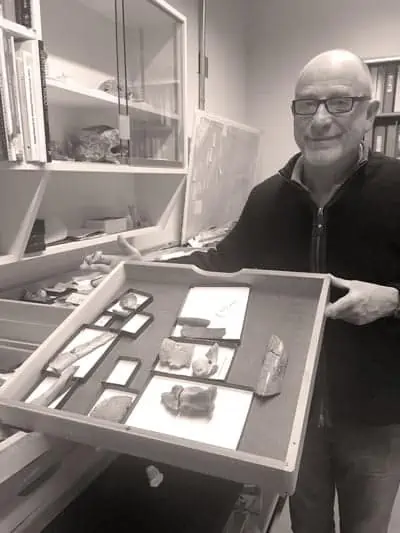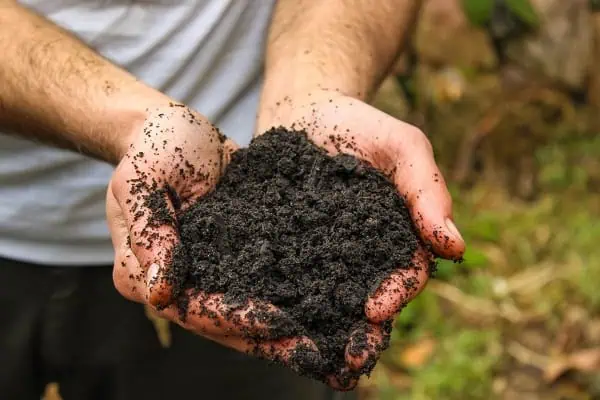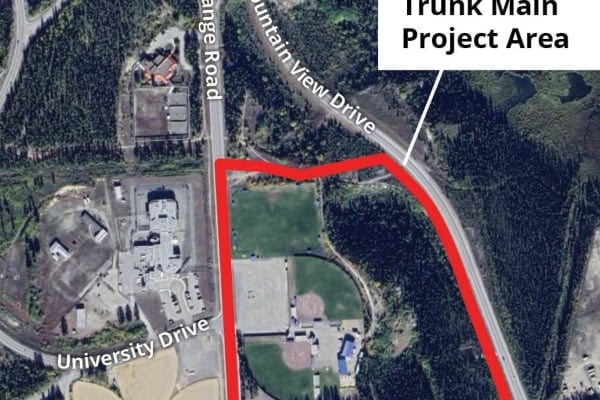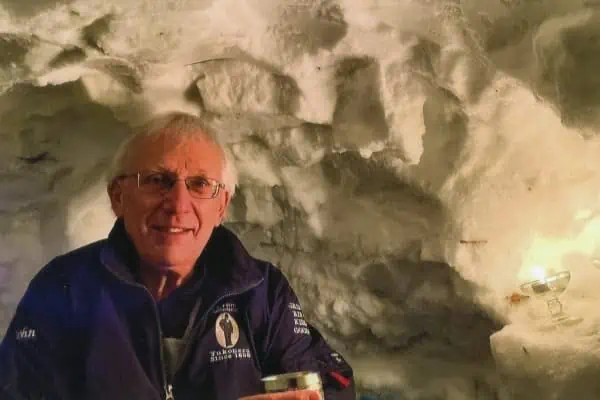
Yukon College archaeologist Norm Easton has been unearthing the secrets of the area around the Yukon-Alaska border for more than 25 years. This year, for the first time, he is leaving the field to focus on doing research in the laboratory.
“I will miss being out with the people of the borderlands,” Easton said. “I’ve gotten to know them quite well over the years and I enjoy their company — they were always so welcoming and supportive of the work we were doing.
“But physically, I will not miss it,” he added.
Easton’s knees, back and wrists are worn down from more than four decades of digging, marking and cataloging items pulled from layers of earth. From now on he’ll spend more time at a microscope or computer, using technologies such as radiocarbon dating and 3D scanning to create a final assessment and interpretation of the materials collected throughout his career.
“The goal now is to really step back and look at the whole site and the whole history,” Easton said. And looking at the whole site and the whole history is no small job — some artifacts date back as far as 14,000 years.
Backing him up is a network of research students — some undergrads working directly at Yukon College and some grad students studying Outside, at places like the University of British Columbia and the University of New Mexico.
They’re analyzing hundreds of artifacts, mostly stone tools, and roughly 4,000 pieces of bison, elk, moose and caribou bone. Even tiny marks on the bones can tell a story of their history. Many are broken, but a small number — roughly two per cent — have cut marks in them indicating that they were impacted by a human hand.
Easton and his researchers have compiled some initial results so far, but there are years of work ahead of them. Eventually, the intent is to write additional papers on the site, create a book and make all of the research findings publically accessible online.
Over the years the excavations were done in partnership with the local indigenous groups and they included many cultural activities where Easton and his students could learn from locals or participate in community events. This was especially important to Easton from the start. He believes that archaeology is more a humanity than a hard science.
“There was a push in the ’60s and ’70s to make archaeology scientific — some parts of it were good, but it did so at the expense of the human component of things,” he said. “My methods were always scientific, but it was important to me that we worked with the community to solicit engagement.
“I began my career in the mid-80s, and at that time we were on the cusp of a new movement in participatory research and it paid off — we were on the right side of history.”
The project area is located in the traditional homeland of the Upper Tanana Dineh. When the geographic border line was drawn between Canada and the United States, this homeland was divided into two countries. Today it is administered by the White River First Nation in the Yukon, and the Northway Village Council in Alaska.
The area includes sites with evocative names such as Broken Mammoth and Swan Point. Easton has spent the past 17 years focused on excavating a site called Little John. Because of this careful attention, it is one of the most explored sites in the Yukon.
Little John is especially interesting because it contains artifacts from all of the known cultural periods in Yukon history. There are stone tools and cut bison bones dating back thousands of years, there are tin cans and truck parts from Alaska Highway construction camps, and there are chocolate bar wrappers left behind from hunters last summer.
“It’s all there,” Easton said. And he thinks there is still more left there for someone else to find.
“That was why I kept going back, and because that old saying is true — you tell yourself that maybe the next big find is just right over there and we just haven’t gotten to it yet, but it’s time for me to finish my story and let the next generation begin theirs.”




